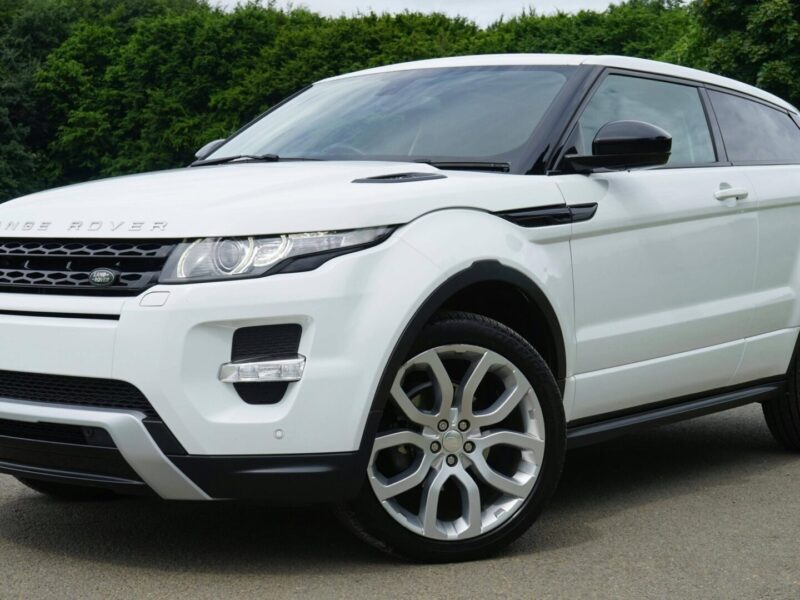Hitting the road with confidence: practical advice for your first insured miles
You’ve got your eye on your first car and can’t wait to get behind the wheel. Still, there’s quite a lot involved in securing your new purchase. How do you know what level of cover you need, or which insurer is right for you? In this article, you’ll learn what to look out for when taking out your first car insurance policy. This way, you’ll avoid being caught out by surprises later on.
Decide on your cover and budget
Before you take out a car insurance policy, it’s important to think about your budget and how often you’ll be using the car. Will you mainly be taking short trips nearby, or do you often drive on the motorway? The newer or more valuable the car, the more it may be worthwhile to choose broader cover. You’ll pay a higher premium, but enjoy better financial protection. Also check if you’re eligible for a discount with a particular insurer—perhaps you’ve had a scooter or moped insured for years and have built up a no-claims record. That often helps save on costs.
Choose the right foundation
The foundation of every policy is a third party insurance. This is a legal requirement in the Netherlands and stands for statutory liability. It covers damage to others, but not to your own vehicle. If you’re buying a second-hand car of modest value, third party cover may be enough. Is your car fairly new or do you value extra peace of mind? Then you can opt for Third Party, Fire and Theft (WA Plus) or even Fully Comprehensive (All-risk). These types of insurance offer more cover, but also come with a higher premium. Consider carefully the current value of your car and your own attitude towards risk.
Consider additional options
Some people find it reassuring to take out extra insurance, such as personal accident cover or legal expenses insurance. This can be useful if you get into a dispute after an accident, or if you want to make sure passengers walk away from a crash unharmed. Just make sure you’re not insured twice for the same thing—a travel policy or other type of insurance may already give (some) cover for these situations. Always read the terms carefully or seek advice from someone who knows their stuff. Compare several providers. Spending fifteen minutes on comparison sites and reading customer reviews will often pay off.
Review your situation regularly
Once you’ve taken out your first policy, it’s tempting not to bother looking at other options. Still, your situation might change. Maybe you’re driving fewer miles per year than expected. Or perhaps, after a few years, your car is worth less. In those cases, you can switch provider or adjust your level of cover. Keep an eye on your no-claims record too—almost every insurer rewards careful driving with discounts. If you accidentally clip a post, your premium may change as a result. So stay alert, and always ensure your car and your insurance match your needs. That way you’ll stay safe and avoid overpaying.












